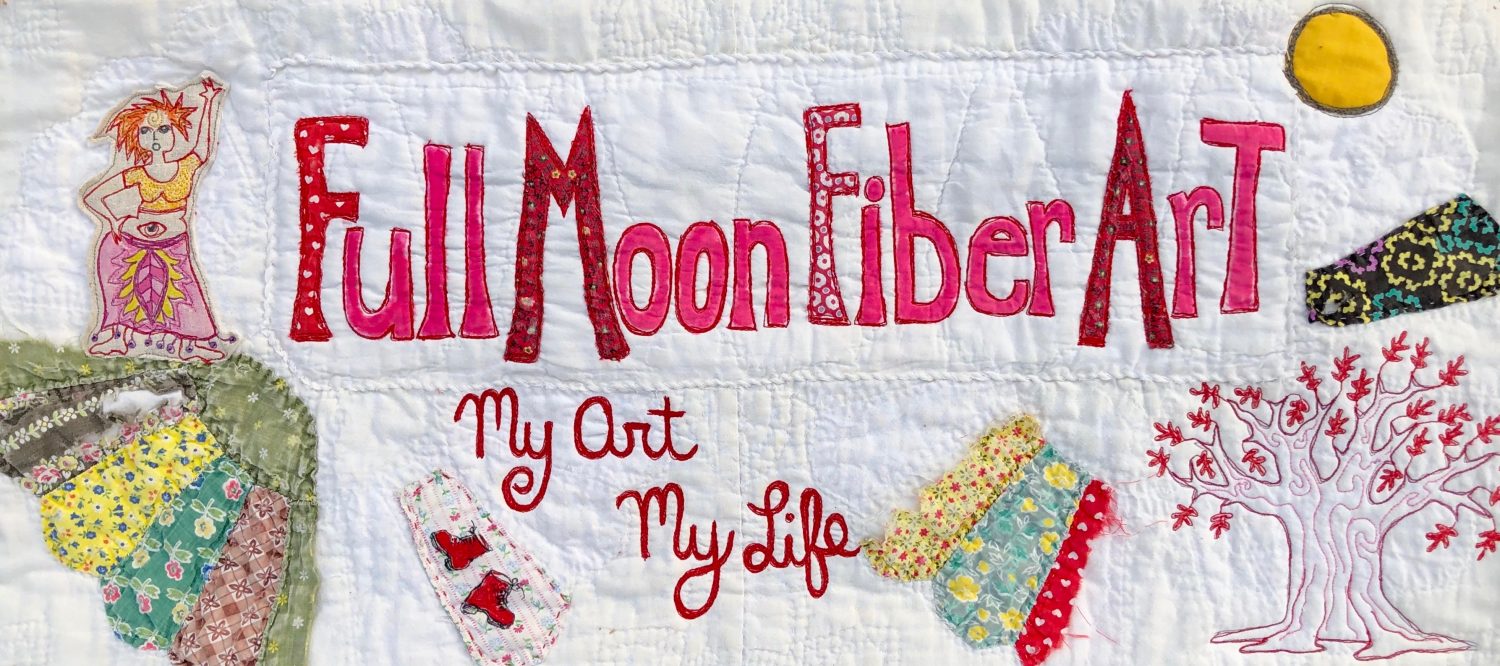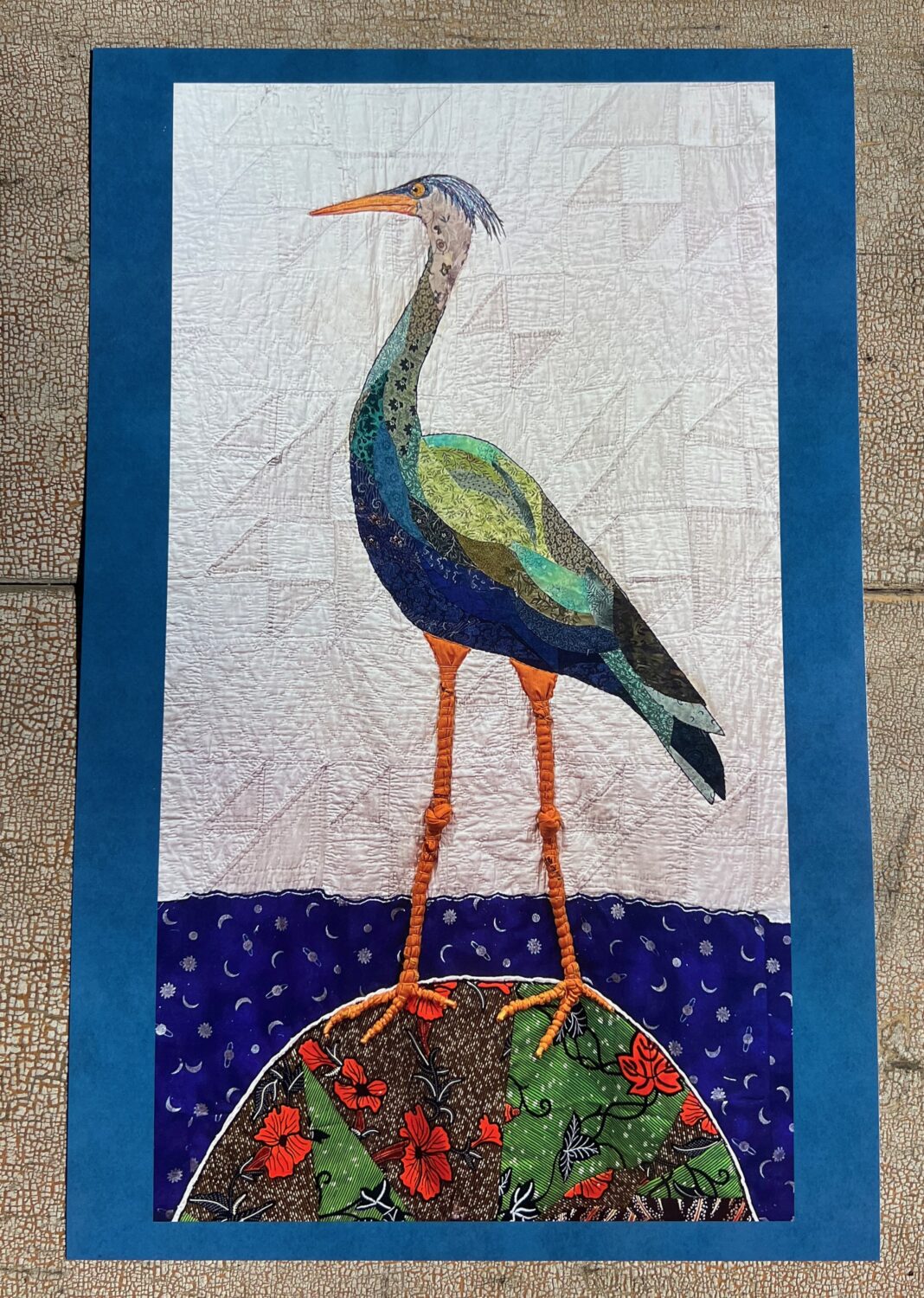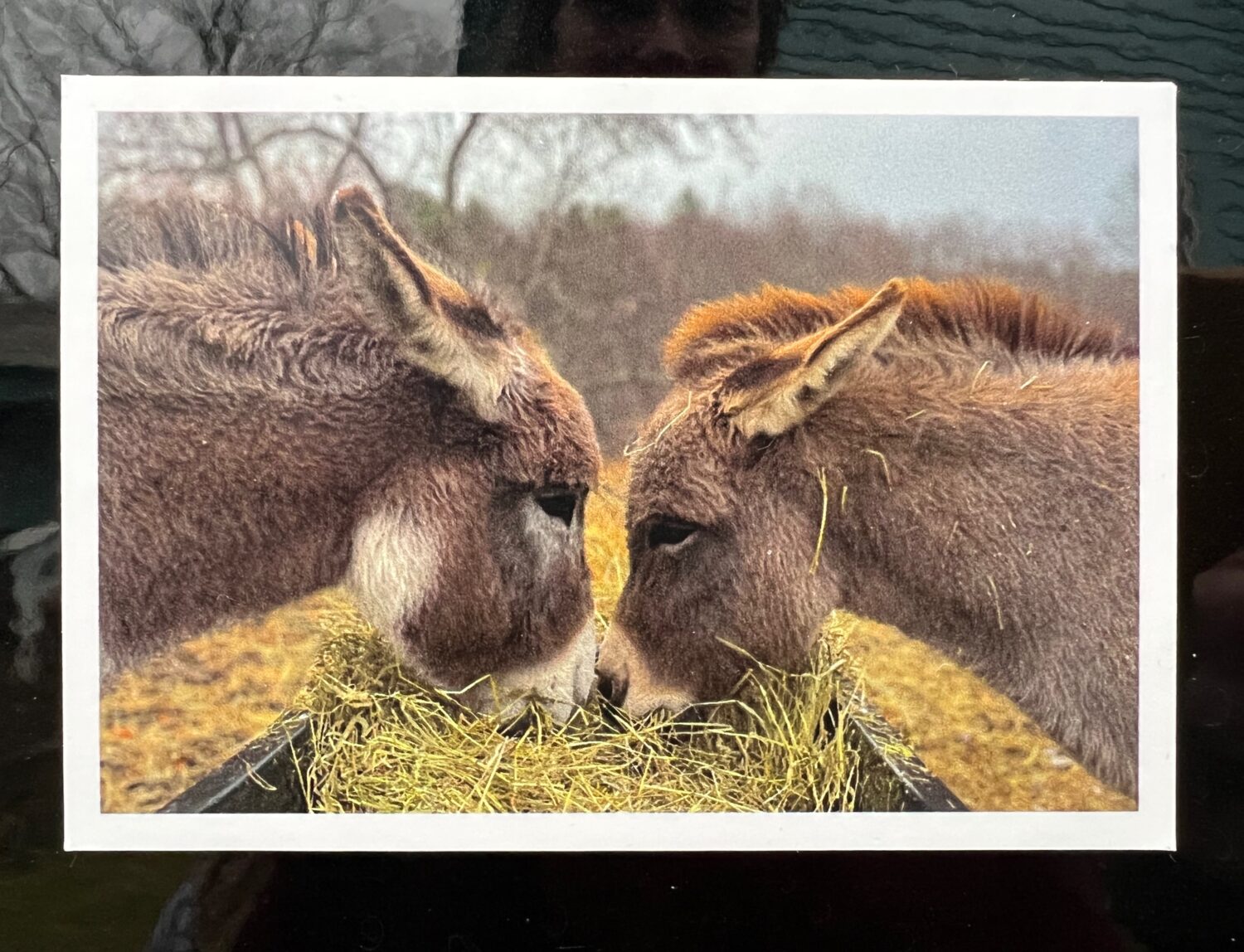
“For there’s an immense intellectual pleasure involved in making identification, and each time you learn to recognize a new species of animal or plant, the natural world becomes a more complicated and remarkable place, pulling intricate variety out of a background blur of nameless grey and green.”
Helen Macdonald “Vesper Flights”
I know what the thorny bush is in the summer when it’s covered in white flowers and growing out of control. “Pull those bushes out”, my neighbor told me when we first moved the farm, “they’ll take over the whole pasture”. He called it an Irish Rose, an invasive species that the early Irish settlers brought with them.
That’s the story anyway.
Dense and prickly, the thorny vines reach out clinging onto anything they can. They pick my hands and stick to my clothes when I cut them down. The sheep and donkeys don’t eat them, (although I’ve read that goats will) so when they grow along the fence they’re good reinforcement.

On the Winter Solstice, when I made a small bouquet of red berries for the bathroom, I wondered what the berries were, but didn’t associate them with the invasive rose bush.
Then, yesterday after reading Helen Macdonald’s essay, Field Guides in her new book “Vesper Flights“, I was inspired to look at my own Audobon Society Wildflower Field Guide.
Macdonald writes about the importance of Field Guides as opposed to just using Plant Identification Apps.
She points out that Field Guides give a whole context for a plant or animal. And how looking at the pictures and reading about a plant or animal, even before you actually find it in nature, can help you identify it through familiarity and context. Macdonald started reading field guides when she was a kid and they helped her became aware of the subtle nuances between species.
A photo is only a two-dimensional image, but coupled with information helps round out an image and make it more recognizable.
After reading Macdonald’s essay, I made myself a cup of tea, sat in the wicker rocker next to the woodstove, and looked through my wildflower field guide. Each time I recognized a plant in a photo, I read about it.
I wasn’t trying to memorize all the names or the information. I was just getting to know and understand better the plants I was already somewhat familiar with from seeing them.
And this got me thinking of the red berries in my bathroom.
I hadn’t seen them in my field guide. They were not in the section with the other red berries. So I put a picture of them into the PlanetNet app and there they were… Rosa Multiflora.
When I saw the name, I remembered seeing it in my Wildflower Field Guide next to the photo of the thorny invasive bush that “would take over if I let it.” A little light went off in my brain and I got an image of the same bush I had collected the branch of berries from a few weeks before and then what it looked like in the summer, full of white flowers.
It turns out that the berries aren’t berries at all, but a “many seeded hip” as I read in my field guide.
In that moment, Macdonald’s essay proved true for me.
I never associated the invasive sticker bush and the little white roses with the hard, deep red “berries” before. I never paid that much attention to them.
I learned from my field guide that the bush was originally from Eastern Asia, not Ireland. I’m guessing that the association of Ireland and this invasive plant came from the stereotyping of Irish immigrants in the mid to late 1800s.
I also learned that the rosehips are edible.
But the hungry winter birds know all about that. This morning I went back to the Rosa Multiflora and saw that at least half of the rosehips were gone.















